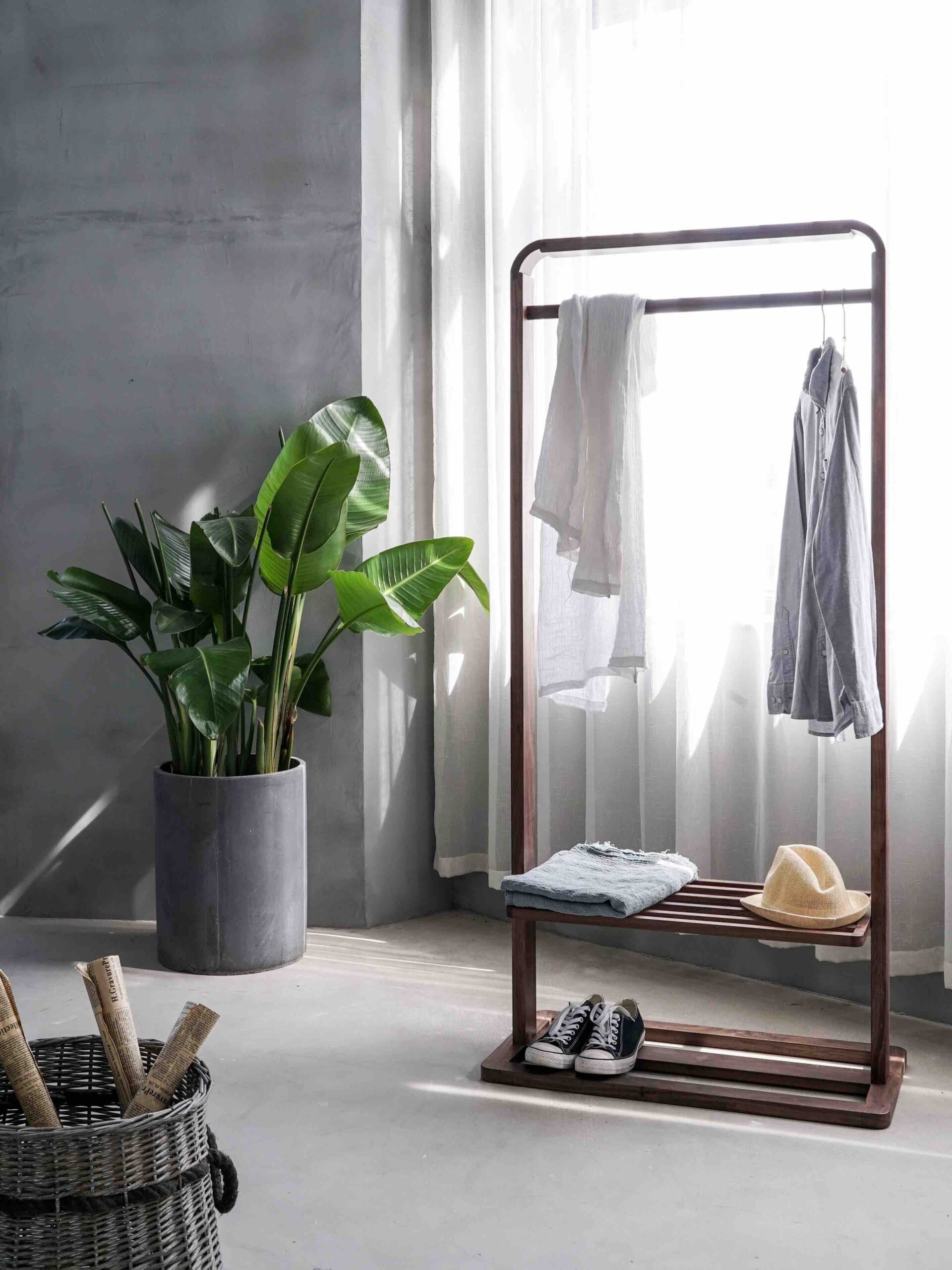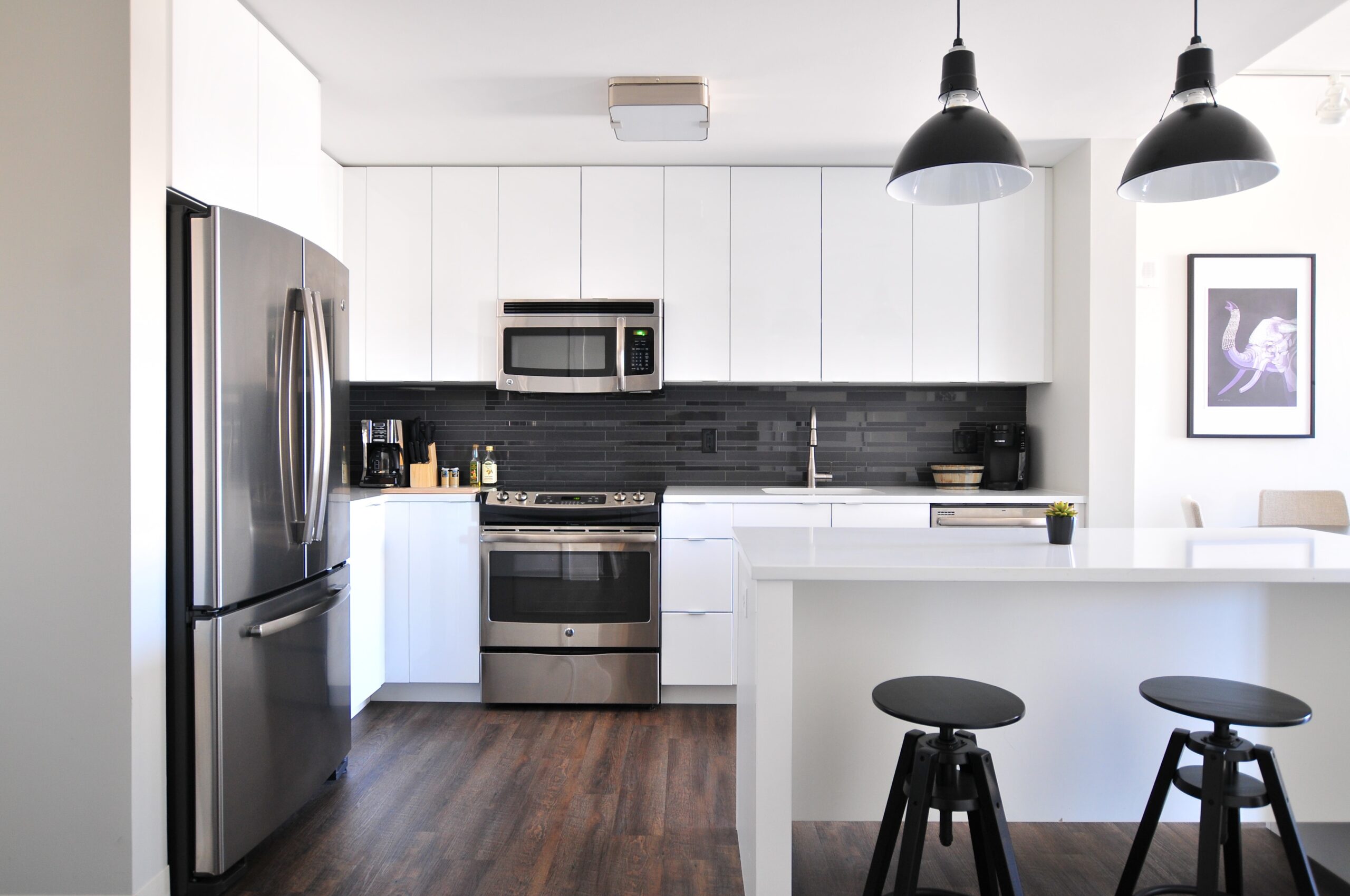Introduction
Having a small living room can sometimes feel limiting, especially when it comes to accommodating guests or family members. However, with a few smart strategies and creative solutions, you can maximize the sitting space in your small living room and create a comfortable and inviting atmosphere for everyone to enjoy.
1. Choose the Right Furniture
When it comes to a small living room, selecting the right furniture is crucial. Opt for pieces that are appropriately scaled to fit the space. Consider investing in multi-functional furniture, such as a sofa with built-in storage or a coffee table that can be extended to serve as a dining table. This way, you can make the most of your available space without sacrificing functionality.
2. Utilize Vertical Space
In a small living room, it’s essential to think vertically. Install floating shelves or wall-mounted cabinets to free up floor space and provide additional storage for books, decorative items, or even extra seating. Consider using tall bookcases or floor-to-ceiling curtains to draw the eye upward, creating an illusion of a larger and more spacious room.
3. Optimize Layout
The layout of your furniture plays a significant role in maximizing sitting space. Arrange your furniture in a way that promotes easy movement and conversation. Avoid blocking pathways or cramming too many pieces into the room. Consider placing furniture against the walls to create an open flow and make the room feel more spacious. If possible, try floating furniture away from the walls to create a more intimate seating arrangement.
4. Use Mirrors
Mirrors are an excellent tool for visually expanding a small living room. Place a large mirror strategically on a wall opposite a window to reflect natural light and create an illusion of depth. This not only makes the room feel more open but also adds a touch of elegance and sophistication to the space.
5. Opt for Light Colors
When it comes to paint colors and furniture upholstery, lighter shades can help create an airy and spacious feel. Opt for neutral tones like whites, creams, or pastels to make the room appear larger. You can add pops of color through accessories or artwork to inject personality into the space without overwhelming it.
6. Consider Flexible Seating Options
Incorporate flexible seating options into your small living room to accommodate different needs and preferences. Poufs, ottomans, or even floor cushions can provide additional seating without taking up much space. These versatile pieces can be easily moved around or tucked away when not in use, allowing you to adapt the seating arrangement to suit different occasions.
7. Create Visual Cohesion
To make your small living room feel more cohesive and organized, choose furniture and decor that complement each other in terms of style, color, and scale. Avoid cluttering the space with too many contrasting elements, as this can make the room feel chaotic and cramped. Instead, opt for a streamlined and cohesive design that promotes a sense of harmony and tranquility.
Conclusion
Maximizing sitting space in a small living room is all about making smart choices and utilizing the available space effectively. By selecting the right furniture, optimizing the layout, and incorporating visual tricks like mirrors and light colors, you can create a comfortable and inviting space that feels larger than it actually is. With a little creativity and thoughtful planning, your small living room can become a cozy haven for relaxation and socializing.

